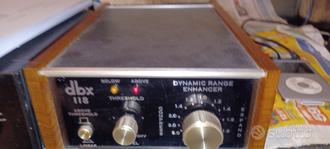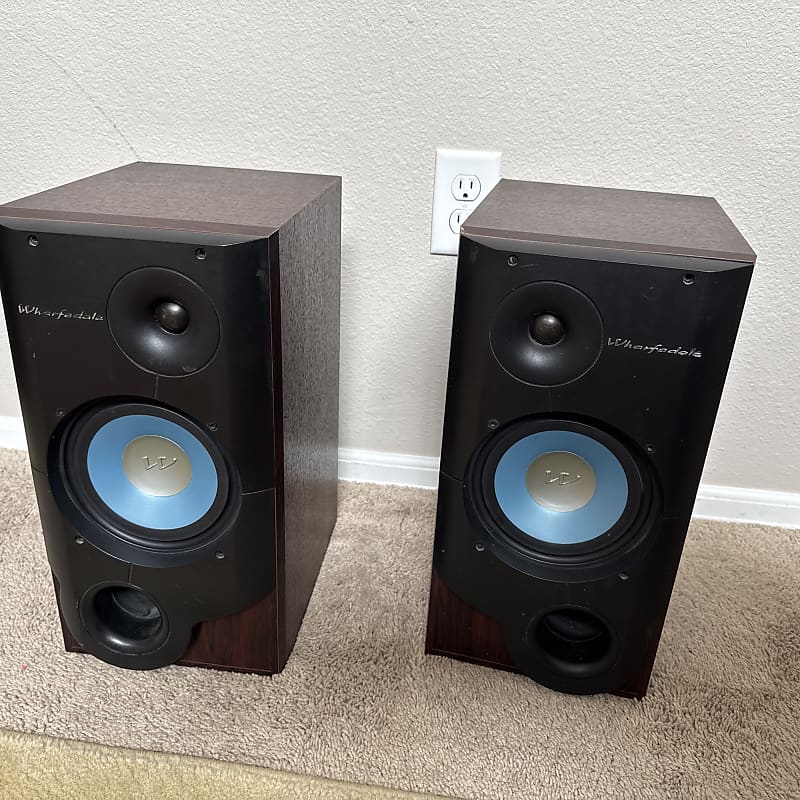wharfedale dfs 21
Auction Items

2 X WHARFEDALE DFS 21 SPEAKERS 6 OHMS 200W PAIR WIRED
Price: $180
Date: October 28, 2022, 12:00 am
Buy Now
2 X WHARFEDALE DFS 21 SPEAKERS 6 OHMS 200W PAIR WIRED
Price: $258
Date: March 23, 2023, 12:00 am
Buy Now
2 X Wharfedale Dfs 21 Haut-Parleurs 6 Ohms 200W Paire Câblé
Price: €349
Date: January 1, 1970, 12:00 am
Buy Now







